open main page for all woods open page 2 for articles
FIDDLEBACK
Curly figure in wood (and fiddleback is just a variation of curly) is caused by contortions in grain direction such that light is reflected differently at different portions of the grain, creating an appearance of undulating waves, also called a "washboard" effect because it looks like an old corrugated-steel washboard. "Fiddleback" figure is a form of curly figure where the curls are very tight and fairly uniform, generally running perpendicular to the grain and across the entire width of a board. The name comes from the fact that such wood became popular to use on the backs of violins (fiddles), and nowadays guitars, because the figure is frequently very lively and attractive and such wood generally has good resonance properties. Logs for fiddleback veneers are quartersawn to produce very straight grain with curls running perpendicular to the grain and uninterrupted from edge to edge of the sheet.
Some reports claim that a tree which buttresses itself against north winds will have compressed annular growth rings in the area facing north and expanded rings facing south and that the stress in the compressed rings is believed to cause the fiddle back figure. I have no idea whether this is true.
Many species develop this figure, but the most common ones are maple, makore, anigre, and "English Sycamore" (which is actually a form of maple). Some of the prettiest versions occur in claro walnut and koa. There are woods (laurel comes to mind) that have a figure that is technically a true fiddleback figure, but which is so light as to be almost indiscernable, and there are others that have fiddleback figure that only runs for a few inches of width in a plank although it may run the full length. None of these marginal figures would actually be used on the back of a fiddle, so application of that name to them is purely technical and/or a marketing ploy and should not be taken seriously. Also, plain curly is sometimes mislabeled fiddleback and true fiddleback is sometimes labeled as just curly, depending on the whims of the vendor.
Examples, including woods with both strong and weak fiddleback and one (etimoe) that has a fiddleback figure on a flat cut piece
NOTE: because I prefer to use pics that I have taken myself, these do not show
REALLY strong fiddleback because I don't happen to have ever had any.
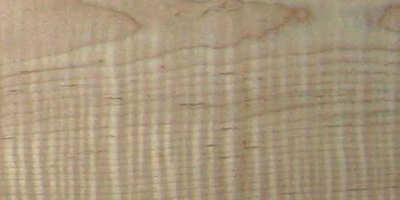
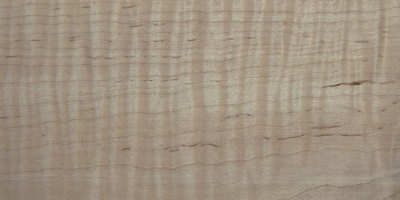
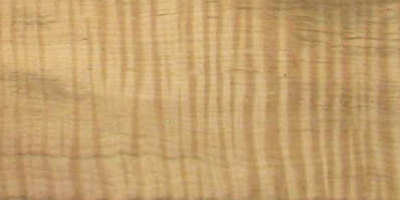
maple --- note that unlike most woods, fiddleback maple is often sold as curly, rather than fiddleback even though it often has a true fiddleback figure.
- maple (probably hard)
- hard maple
- red maple
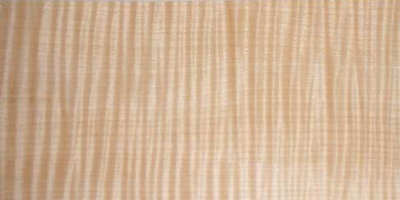
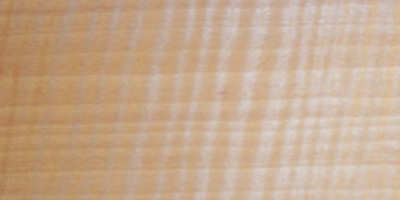
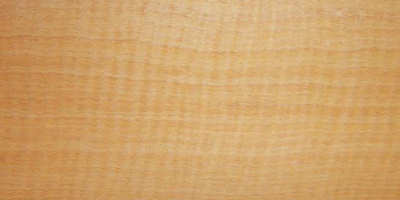
- harewood / English sycamore (a type of maple)
- anigre
- yellowheart
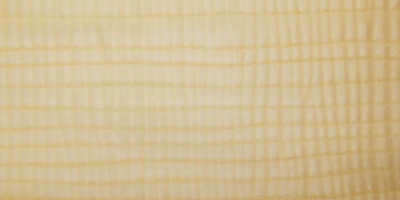
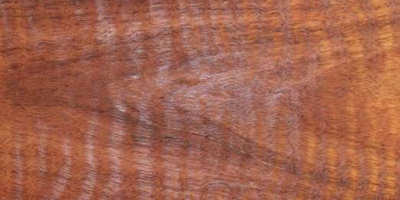
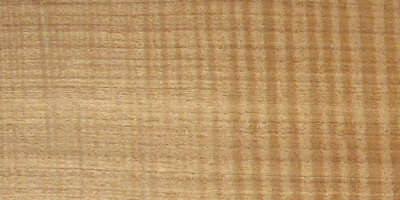
- white ash
- etimore --- flat cut
- hickory
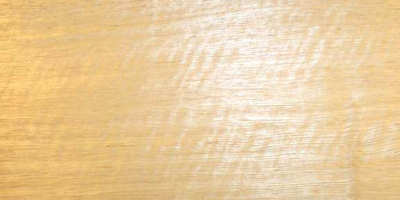
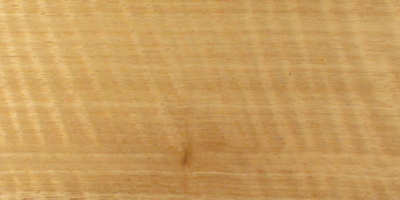
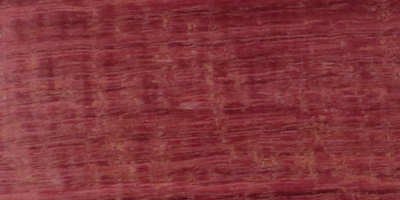
- white limba --- almost unnoticeable fiddleback
- movingui
- purpleheart --- pretty faint fiddleback
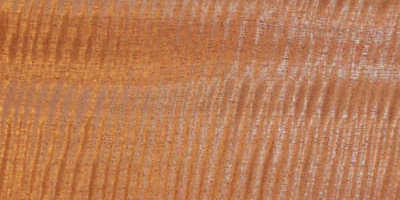
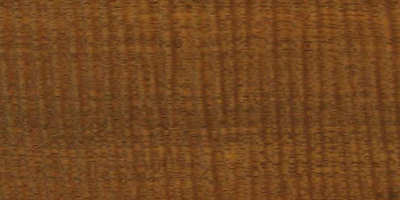
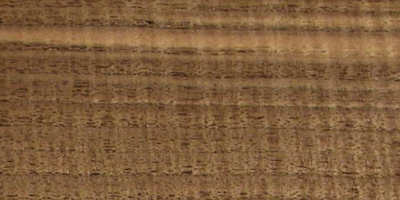
- sapele
- african walnut
- black walnut














